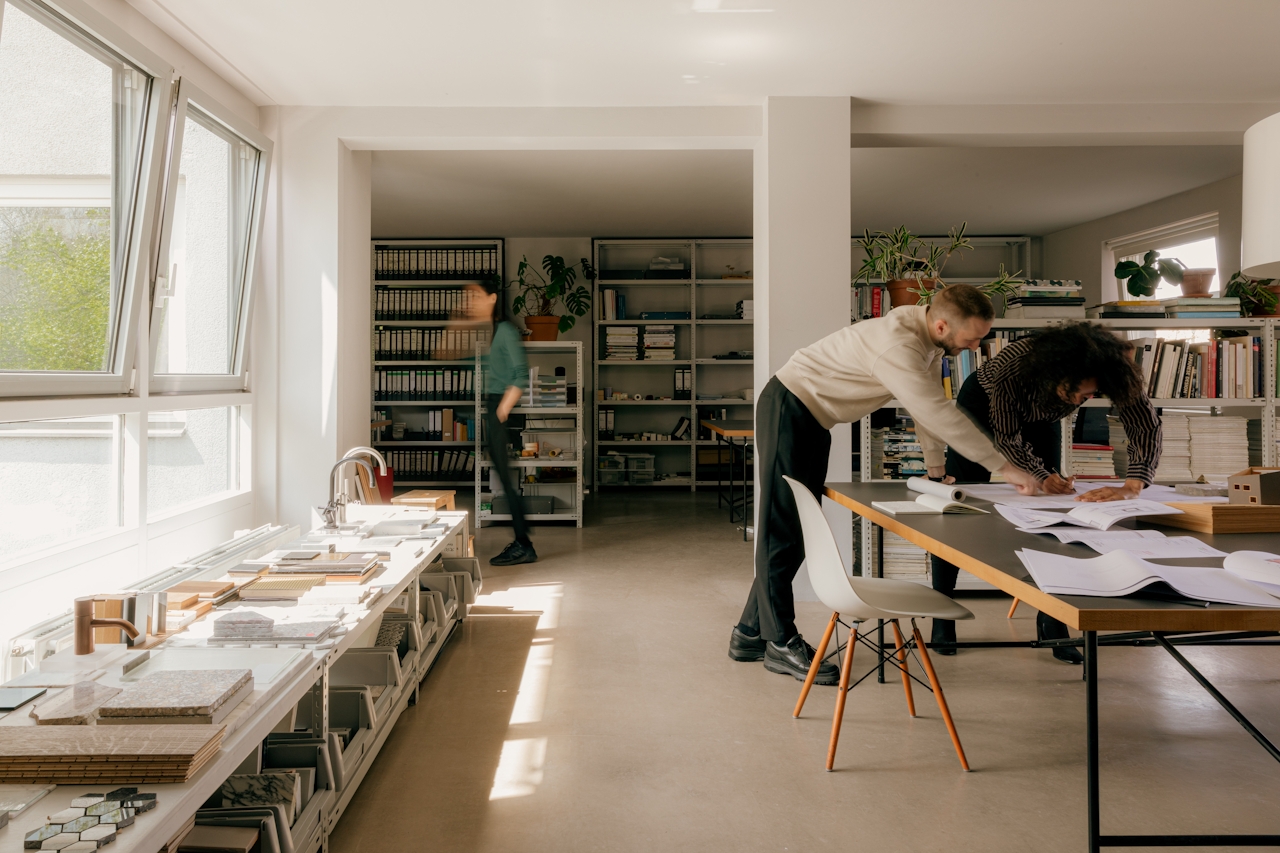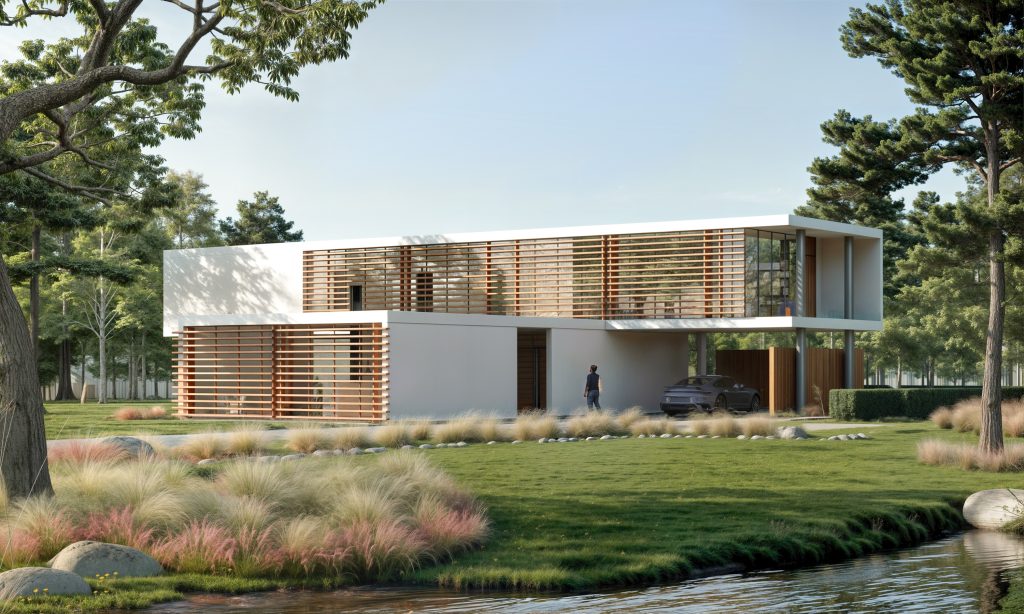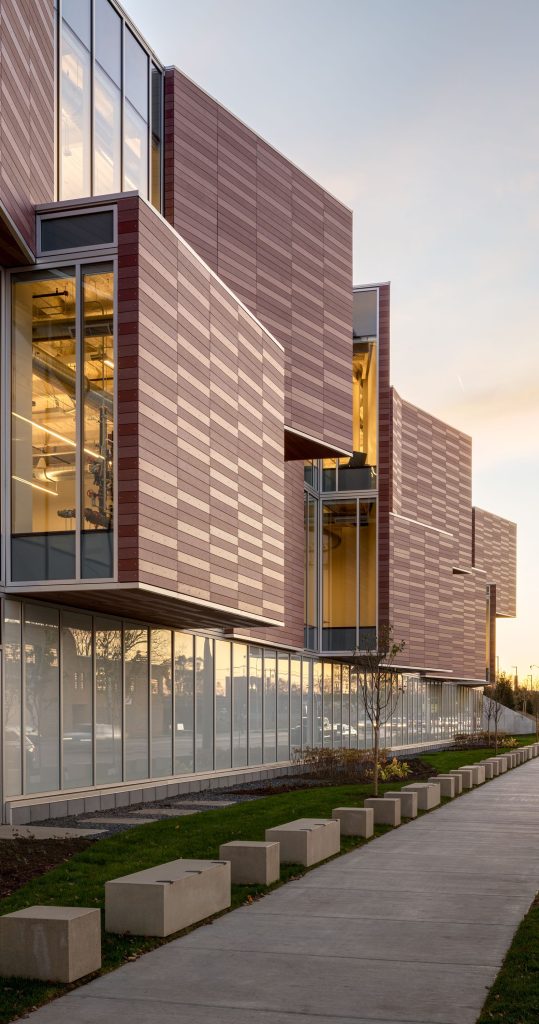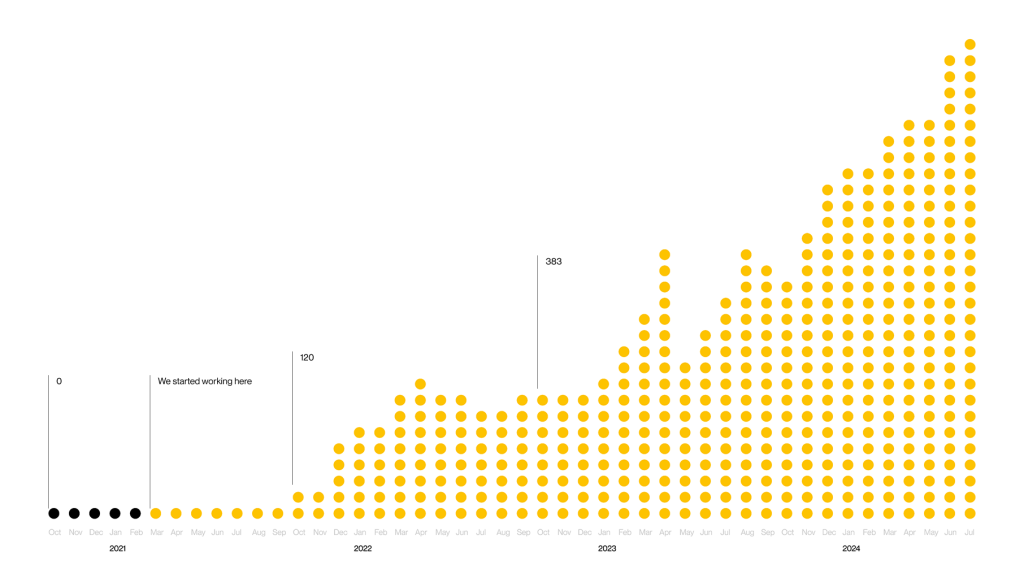From Assets to Website Strategy: How to Clarify Your Firm’s Focus
Referrals are the lifeblood of most architecture studios. They prove your work speaks for itself and that clients are willing to recommend you. But when the goal is to grow your firm with more ideal work or pursue new types of projects, referrals alone may not be enough.
That’s where your website comes in. Done right, it can be more than your studio’s portfolio; it’s an owned business development channel that works around the clock—inviting prospective clients into your story, helping them find you organically, and strengthening your firm’s brand beyond word-of-mouth.
The challenge is that many architecture websites center around a homepage, a portfolio, and a contact page, leaving visitors guessing about what the firm does, their approach, or who it serves. The opportunity to showcase your expertise on your website is huge, and it starts with defining your studio’s focus.
In this article, we’ll cover how to define your studio’s focus so you can build a content marketing strategy that turns your website into a true growth channel.
Why Clear Positioning Matters
Hiring an architecture firm is a big decision. A prospective client’s choice to reach out usually doesn’t come from a single impression—it’s built over multiple touchpoints: seeing your work in the press, coming across a project on social, searching for an architecture firm in their area, looking up your studio’s name or leadership team, reading your newsletter, and more.
When your focus and expertise are clear, you can create content that consistently reinforces it across these touchpoints and the more you’re recognized as the authority. Prospective clients start to trust you. Journalists take notice. And platforms like Google, and increasingly ChatGPT, reward that clarity by making you more visible in search.
For the latter point, a clear focus helps you show up for searches like:
- laneway house architect
- adaptive reuse architecture firm
- residential architects chicago
- office interior design firm
This is how a website becomes more than a portfolio of finished projects. It becomes the foundation of a content strategy for visibility and trust. In doing so, by the time a prospective client is ready to reach out, they already have a clear sense of who you are and whether you’re the right fit.
Start with a Brain Dump
Start by listing the project types you want to pursue and where you’d like more work:
- Sectors: such as single-family residential, multi-residential, adaptive reuse, civic & cultural, or sports architecture.
- Target markets: the cities or communities where you want more work.
Writing these down is only the first step. The next step is making sure you have the assets to support it.
Assess Your Assets
Now that you have a list of sectors and target markets, see what assets you have for each of them.
This is crucial because even the clearest focus can fall flat if you don’t have the proof to back it up. For example, if your studio wants more civic and cultural work but doesn’t yet have built projects, photography, or press in that space, it becomes harder to create a content strategy and website that demonstrates real experience.
Step 1: Review Existing Assets
Take a look at what’s already in place:
- In which sectors and cities do you have completed projects with professional photography?
- Have you earned press or awards for certain project types, or recognition from local AIA chapters or Canadian associations such as the OAA?
- Do you have concept designs, renderings, or models that connect to a particular sector?
- Can past experience at previous studios help reinforce the expertise you want to highlight today?
Examples of Valuable Assets
Chances are, your studio already has many of these on hand, hidden in old proposals, project files, or press mentions:
- Completed projects with professional photography
- Renderings, concept designs, or 3D models
- Construction photos and team photos
- Articles, awards, press features, or design research
- Speaking engagements or panel discussions
Step 2: Planning
Once you’ve clarified where you want to go and sketched out what assets exist, the next step is a deeper audit:
- Map the assets to the sectors and locations you brainstormed earlier
- Identify which assets are strong enough to publish today
- Flag areas where new material needs to be created
This takes you from a brainstorm to a clear plan — building on real strengths while closing the gaps.
How Focus and Assets Come Through on Your Website
Your focus becomes tangible when you turn assets into pages that clearly showcase your expertise. Here are a few examples:
- Homepage: State what you do, who you serve, and where. Example: Hariri Pontarini.
- About page: Share your story, values, and team. Example: END Studio.
- Principal bio pages: Dedicate space to leadership, highlighting credentials, projects, and awards. Example: Olson Kundig.
- Areas of expertise pages: Create a page for each sector you want to grow. Example: Gensler.
- Location pages: Connect your philosophy to regional context. Example: Perkins&Will.
Each of these page types turns your raw assets into proof of expertise and together, they turn your website into a clear business development tool that potential clients will understand.
Learn more in our breakdown of the 12 recommended page types that help studios turn their websites into a business development channel.
Turn Clarity Into Growth
Ultimately, defining your focus and building a plan around it turns your website into more than a portfolio. It helps the right clients find you online, understand what your firm does best, and steadily build trust as you share more work and content in those areas.
Referrals will always remain an important part of growth. But with a clear focus, your website ensures the next project doesn’t only come from who you know; it can also come from someone who discovers your work, sees your expertise, and trusts you to deliver.
How Tiny House Digital Can Help
For us, defining your focus is always the starting point. Phase One of our three-phase plan is about clarifying where you want to win more projects — whether that’s in specific locations, certain project types, or a mix of both. With that clarity in place, every marketing effort becomes intentional and aligned, laying the foundation for a strategy that speaks directly to your ideal clients and collaborators.
If your studio could use support in clarifying its focus, we can help. We’ll work with you to define expertise and markets, identify the right assets, and set a clear path forward.












